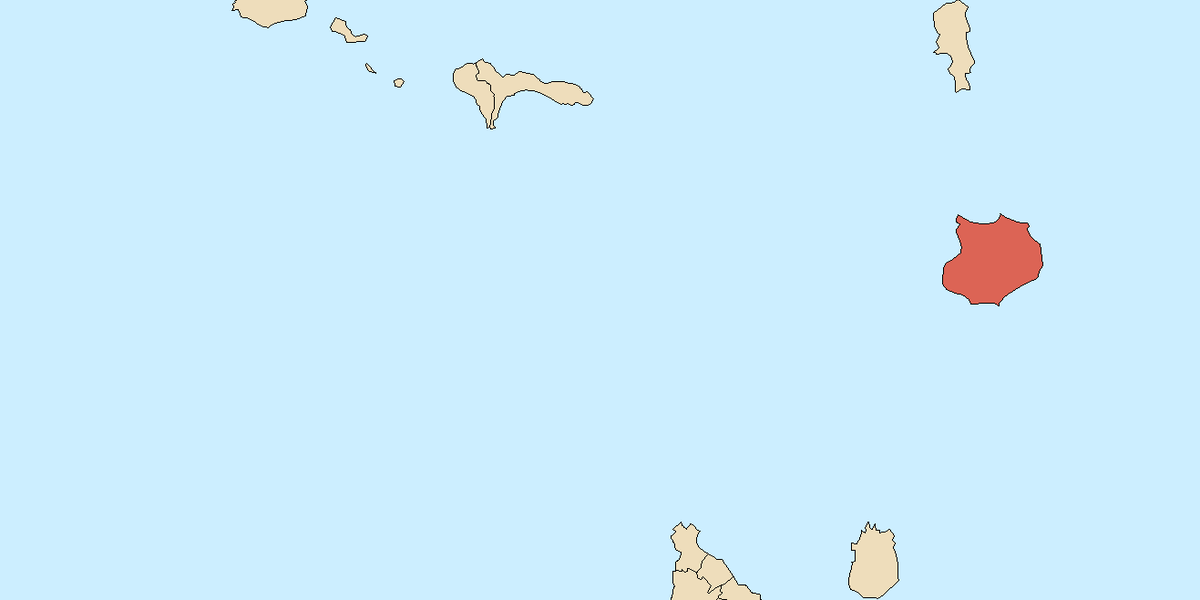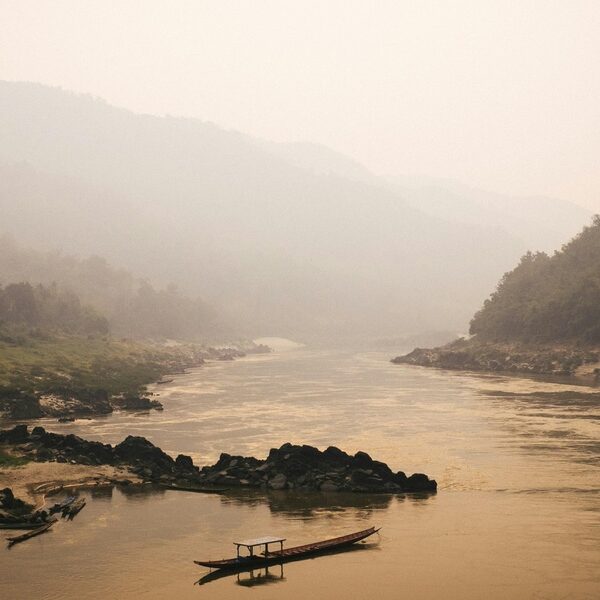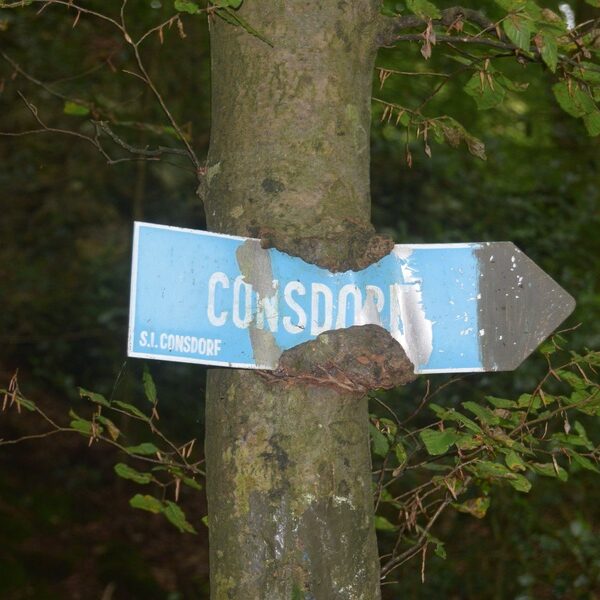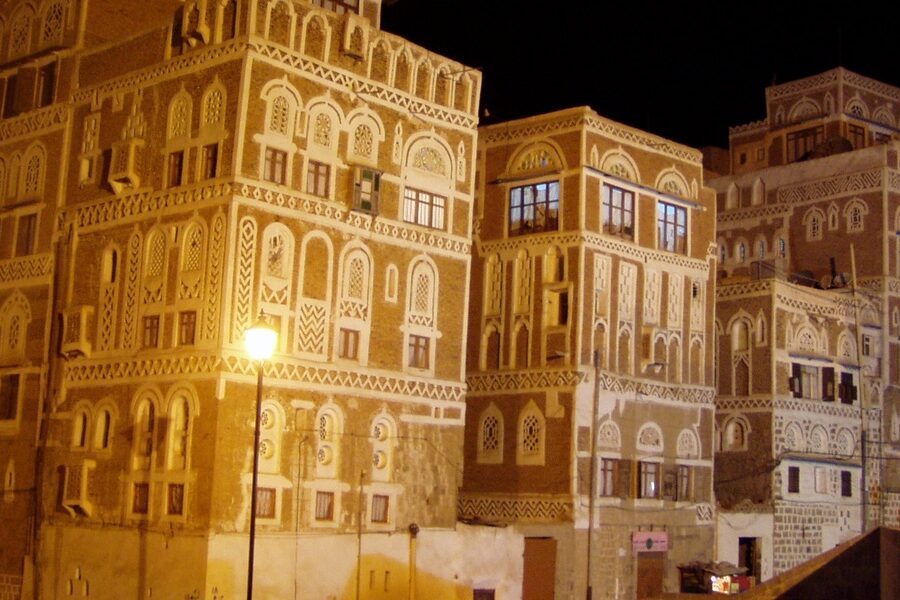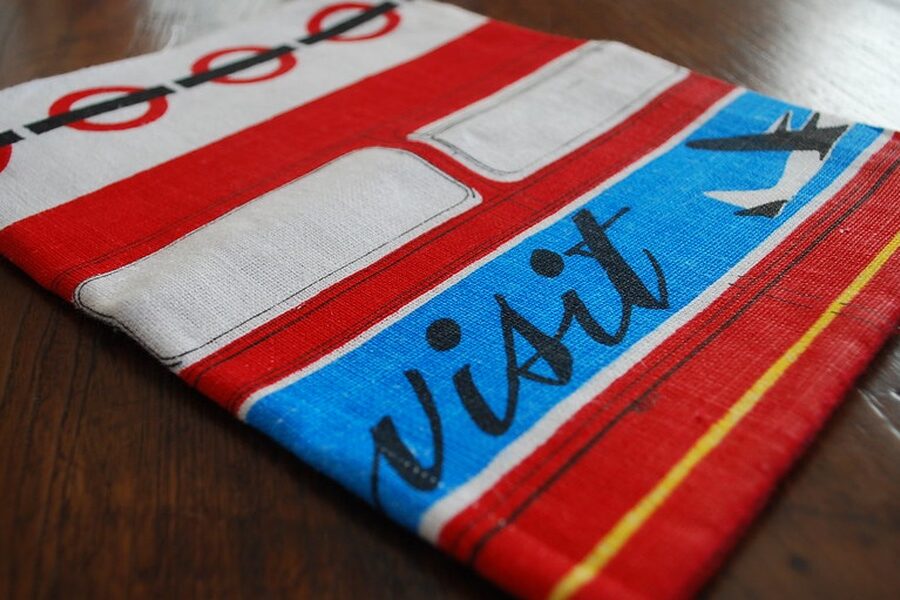The Cape Verde islands have long sat at maritime crossroads, a string of ports where West African, Portuguese and New World currents met. That layered history helped set the stage for modern national life after independence on July 5, 1975, and it’s one reason the islands’ customs feel both local and cosmopolitan. Music, food, festivals and craft carry memory across generations—think of Cesária Évora, who helped bring Cape Verdean song to global audiences before she died in 2011. These traditions in cape verde reveal how small island societies keep identity alive, sustain livelihoods and draw curious visitors. Read on for a closer look at 10 important traditions that shape everyday life and public ritual across the archipelago, from plaintive mornas to carnival parades and the kitchens where cachupa simmers.
Cultural & Musical Traditions
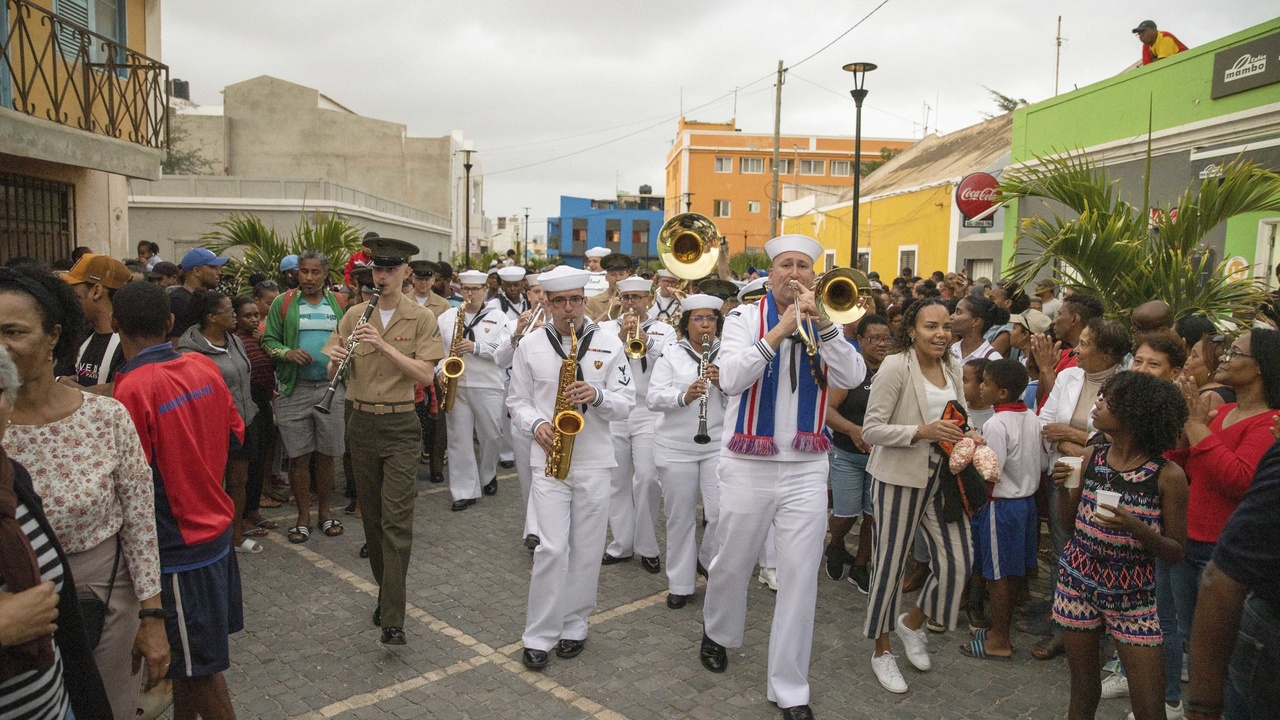
Music and cultural expression are the heartbeat of Cape Verdean identity. Born of island life, the transatlantic slave trade and centuries of Portuguese contact, Cape Verde’s musical forms hold social memory: they tell of migration, longing, work and neighborhood life. Different genres have distinct tempos, instruments and social functions—some mark mourning and nostalgia, others fuel dancing at weddings and bars. Famous artists have carried these sounds beyond the islands, turning local songs into international conversation. Below are four core musical traditions, each with a short transition to the next so you can hear how they relate: morna’s slow lament gives way to funaná’s quick step; batuque’s communal percussion ties back to African roots; coladeira sits happily between reflection and the dance floor.
1. Morna: The Soulful National Song
Morna is the slow, lyrical song form often compared in mood to the blues or Portuguese fado. Cesária Évora helped carry morna to world stages—she sold records internationally and became synonymous with the genre before she died in 2011—bringing attention to its themes of longing and exile. Lyrics frequently express sodade, a Creole word for nostalgia or yearning; lines about leaving an island or missing a lover recur across classic morna repertoires. Morna appears at funerals, national ceremonies and festival evenings, where a guitar, cavaquinho and soft accordion support a solo voice. Beyond performance, morna transmits Creole language, local history and melancholic memory from elders to younger singers, keeping stories alive across long migrations.
2. Funaná: Fast Accordion Dance from Santiago
Funaná is an upbeat, accordion-driven genre that originated on Santiago island and traditionally kept people dancing late into the night. Characterized by a driving rhythm played on accordion and the ferrinho (an iron scraper), plus percussion, funaná reasserted itself in the decades after independence and became a symbol of youth and local pride. You’ll hear it at weddings, neighborhood bars and on contemporary recordings that mix electronic beats with accordion riffs. The revival—part cultural reclamation and part pop reinvention—makes funaná both a statement of island identity and a living, adaptable dance form.
3. Batuque: Percussive Dance and Women’s Circle
Batuque is a percussive, call-and-response tradition historically led by women and rooted in West African rhythmic practices. Performances rely on clapping, stamping and drum-like bundles (often wrapped cloth or makeshift drums) while singers trade lines in a communal circle. For much of the 20th century batuque was marginalized, but revival efforts and cultural workshops over the past 30–40 years have brought renewed public interest and municipal support. Today batuque appears at festivals and community gatherings, creating female-led social spaces where history, solidarity and song are actively transmitted.
4. Coladeira: Social Dance and Popular Song
Coladeira sits between morna’s introspection and funaná’s speed—mid-tempo, lively and often playful. Lyrics run the gamut from romance and humor to social satire and political commentary, so coladeira is common on radio, in bars and at urban nightlife spots in Mindelo and Praia. Instrumentation tends to be lighter and rhythmically bouncy, making it a favorite for dancers who want something cheerful without the slow pacing of morna. Contemporary Cape Verdean pop frequently blends coladeira rhythms with global styles, keeping it part of everyday social life.
Rituals, Processions & Public Celebrations
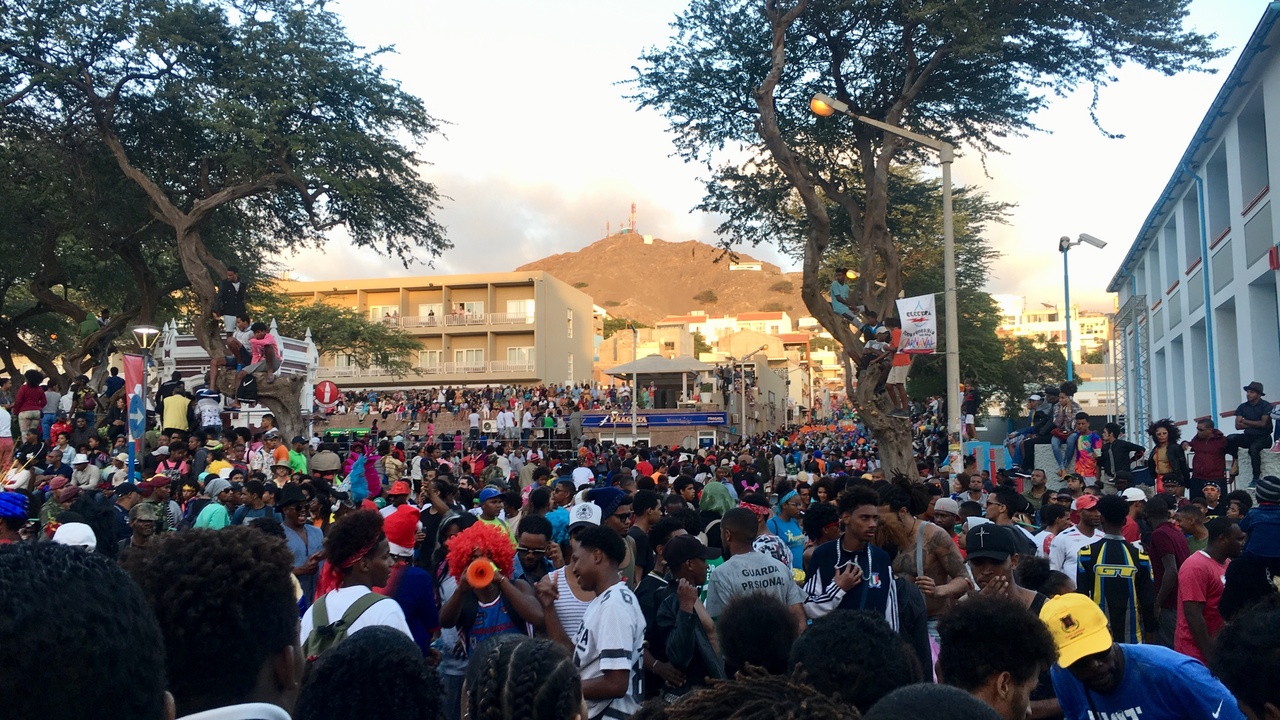
Religious feast days, carnivals and island festivals organize communal calendars and mark seasonal shifts across the archipelago. Catholic saints’ feasts sit alongside African-derived processional rituals, producing syncretic celebrations that mix Mass, drumming and street parties. These events shape neighborhood ties, create economic spikes for vendors and attract visitors during predictable months—Carnival typically falls in February or March, while national civic holidays like Independence Day on July 5 remain high points. Below are three public traditions that show how ritual, memory and entertainment interlock on the islands.
5. Carnival in Mindelo: The Island Parade
Mindelo’s Carnival is the most famous public celebration in Cape Verde, an annual spectacle often held in February or March that draws locals and visitors to city streets. Neighborhood associations organize parades with floats, masked performers, live bands and samba-style groups; community ‘blocos’ rehearse for weeks. The festival brings a tourism boost—there are thousands of attendees during peak parade days—and sustains local musicians, costume makers and food vendors. Timed before Lent, Mindelo Carnival mixes competition, choreography and spontaneous street music into a multi-day civic show.
6. Tabanka: Processions of Memory
Tabanka is a processionary tradition most visible on Santiago and in select coastal towns, with clear roots in African communal rituals. Characteristic elements include drum-led processions, flag-bearing groups and repetitive chants that recall communal histories and local resistance. Tabanka functions as a form of social memory—parades mark collective events, celebrate neighborhood identity and sometimes carry political overtones. In recent years municipal support and cultural groups have helped sustain tabanka performances and ensure they remain part of island-level celebrations.
7. Religious Feast Days: Saints, Processions and Community Meals
Many towns mark their patron saint with a dedicated feast day featuring Mass, street processions and large communal meals. Festa de São João is a well-known example where liturgy, food stalls and evening music blend. Typical activities include a daytime procession along a planned route, food and drink stalls serving local specialties, and live music after dark. These feasts reinforce neighborhood ties and often complement national civic observances such as Independence Day, creating both sacred and secular rhythms in public life.
Daily Life, Foodways & Crafts
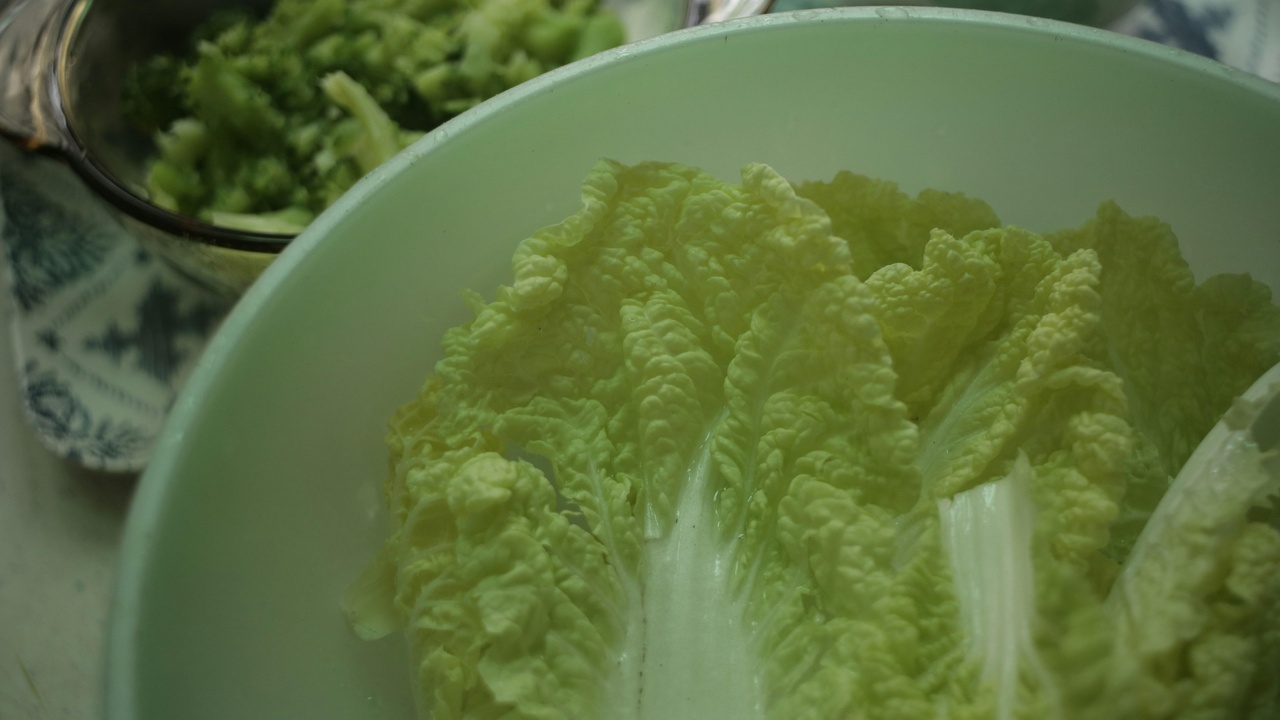
Culinary habits, drinks and handicrafts shape daily routines and local economies on islands where arable land is limited and fishing is essential. Foodways and crafts show creative adaptation to scarce resources: cassava and corn stretch meals; fishermen and boatbuilders reuse local timber; artisans carve stringed instruments and weave baskets for market sale. Across islands, traditions in cape verde connect kitchen, workshop and shore—sustaining households, teaching practical skills and drawing cultural tourists who want authentic hands-on experiences such as grogue tastings or craft fairs.
8. Cachupa: The National Stew and Communal Meals
Cachupa is a slow-cooked stew of corn, beans, cassava (or other tubers) and fish or meat; it’s widely regarded as the national comfort food. Variants differ by island: some versions favor fresh or salted fish, others use more meat. People often cook a large pot for Sunday family meals; leftovers become a favored breakfast (fried cachupa). You’ll find cachupa in markets, food stalls and restaurants—cachupa rica (richer, with meats) contrasts with cachupa simples (lighter, everyday fare)—and it’s a staple at many celebrations and communal tables.
9. Grogue and Artisanal Distillation
Grogue is a traditional sugarcane spirit produced on several islands, notably Santo Antão, where small distilleries turn cane into a potent local drink. Production is often artisanal: cane is pressed with simple stone or wooden presses and fermented in small batches before condensation in copper stills. Grogue features in hospitality—offering a shot signals welcome—and visitors can join grogue tastings or tour family-run alambiques (stills). Cane harvests tend to peak in the late summer and early autumn, when communities gather to press and distill the season’s crop.
10. Fishing, Boatbuilding and Handicrafts: Everyday Skills
Fishing, traditional boatbuilding and handicrafts sustain coastal livelihoods and preserve technical knowledge passed down generations. Artisans build small wooden skiffs and lanchas while basketry, pottery and viola (local stringed instrument) making supply markets in Mindelo and Praia. These crafts show up at festival craft fairs and in tourist markets, providing vital household income and cultural continuity. Boatyards feed local fisheries; marketplaces connect fishers, cooks and craft sellers in webs of everyday exchange.
Summary
- Music acts as collective memory: morna, funaná, batuque and coladeira carry language, migration stories and social feeling across generations.
- Public rituals—from Mindelo Carnival (Feb/March) to tabanka processions—sustain local economies and neighborhood identity while blending African and Portuguese roots.
- Everyday food and craft—cachupa, grogue production (Santo Antão) and boatbuilding—anchor livelihoods and attract cultural tourism through authentic, place-based experiences.
- These traditions reward respectful engagement: attend a carnival parade, try cachupa at a family-run restaurant, or listen to Cesária Évora’s recordings to hear history in song.

